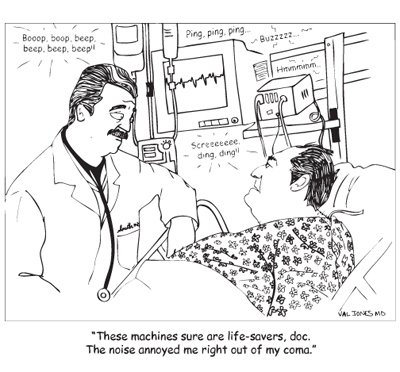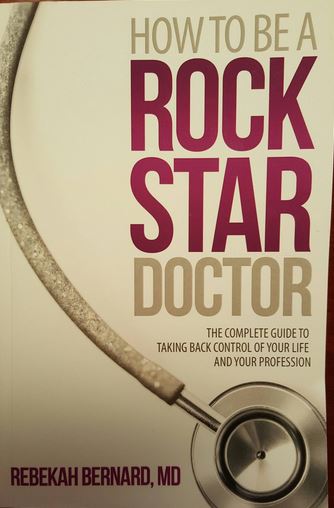September 20th, 2011 by RyanDuBosar in Research
1 Comment »

 Scientists have added a new species to the menagerie of animals that glow, after introducing jellyfish genes into cats that can now glow green.
Scientists have added a new species to the menagerie of animals that glow, after introducing jellyfish genes into cats that can now glow green.
Scientists report that they transferred genes from monkeys (and jellyfish) into cats in order to study feline immunodeficiency virus (FIV), the cat equivalent of HIV. In cats and in people, immunodeficiency viruses deplete infection-fighting T-cells. Key proteins called restriction factors that would normally defend against the viruses are ineffective. The research appears in the September issue of Nature Methods.
To research potential treatments, physicians, virologists, veterinarians and gene therapy researchers from the Mayo Clinic and in Japan sought to mimic the way evolution would generate protective protein versions, according to a Mayo Clinic press release. They inserted monkey versions of a gene into the cat genome using gamete-targeted lentiviral transgenesis. This is done by inserting genes into feline eggs before sperm fertilization.
The monkey restriction factor, TRIMCyp, blocks FIV by attacking and disabling the virus as it tries to invade a cell. In the lab, the transgenic cat lymphocytes resisted FIV replication. The scientists said that they can now test the potential of various restriction factors for Read more »
*This blog post was originally published at ACP Internist*
April 7th, 2010 by Berci in Better Health Network, Health Policy, News, Opinion, Research
No Comments »

It was just time to end the era of gene patents. About 20 percent of human genes have patents, which is unacceptable. Here’s an excerpt from the New York Times story:
A federal judge on Monday struck down patents on two genes linked to breast and ovarian cancer. The decision, if upheld, could throw into doubt the patents covering thousands of human genes and reshape the law of intellectual property.
One of the individual plaintiffs in the suit, Genae Girard, who has breast cancer and has been tested for ovarian cancer, applauded the decision as “a big turning point for all women in the country that may have breast cancer that runs in their family.”
Chris Hansen, an A.C.L.U. staff lawyer, said: “The human genome, like the structure of blood, air or water, was discovered, not created. There is an endless amount of information on genes that begs for further discovery, and gene patents put up unacceptable barriers to the free exchange of ideas.”
I’m curious how Myriad will respond to it.
*This blog post was originally published at ScienceRoll*
March 30th, 2010 by Medgadget in Better Health Network, News, Research
No Comments »

 While gene therapy has always seemed just on the verge of being right around the corner, the limitation has always been delivery of the gene. How do you get the new gene to the right cells and activated?
While gene therapy has always seemed just on the verge of being right around the corner, the limitation has always been delivery of the gene. How do you get the new gene to the right cells and activated?
An in-vivo mice study in the Proceedings of the National Academy of Sciences (PNAS) may take us closer to a usable delivery system. Rui Maeda-Mamiya of the University of Tokyo and others were able to get diabetic mice to increase their insulin levels after delivery of a insulin 2 gene by a water-soluble fullerene. Read more »
*This blog post was originally published at Medgadget*
March 25th, 2010 by Berci in Better Health Network, Opinion, Research
No Comments »

 As I’m doing my PhD in clinical genomics, I’m really interested in the connection between the Internet and medicine. I was happy when Pathway Genomics, one of the newest direct-to-consumer genetic companies, offered me a free genetic test.
As I’m doing my PhD in clinical genomics, I’m really interested in the connection between the Internet and medicine. I was happy when Pathway Genomics, one of the newest direct-to-consumer genetic companies, offered me a free genetic test.
After an interview I did with them, I sent my saliva sample back and 3-4 weeks later, I received an email that my results were ready. This is my experience and the things I found interesting. As I got a free test from Navigenics a year ago, I plan to compare these services. I was very interested in the service of Pathway Genomics because of what they analyze:
1) Sampling: It was quite an easy process with only a few papers to fill (though it’s always hard to solve FedEX issues from Europe) and clear instructions. A video about a patient showing the whole process in 1-2 minutes, including saliva collection and filling out the paperwork, would be useful.
2) Preparations: I liked that I had to complete a questionnaire focusing on my lifestyle and patient history (Your Environment and Lifestyle, The Shape You’re In, and You and Your Family). As family history is the best genetic test out there, so it’s important to use that data while analyzing genetic results. Though, I couldn’t calculate my BMI (couldn’t use kg and centimeter) and the family history application wasn’t working for me. Read more »
*This blog post was originally published at ScienceRoll*
 Scientists have added a new species to the menagerie of animals that glow, after introducing jellyfish genes into cats that can now glow green.
Scientists have added a new species to the menagerie of animals that glow, after introducing jellyfish genes into cats that can now glow green.




 While gene therapy has always seemed just on the verge of being right around the corner, the limitation has always been delivery of the gene. How do you get the new gene to the right cells and activated?
While gene therapy has always seemed just on the verge of being right around the corner, the limitation has always been delivery of the gene. How do you get the new gene to the right cells and activated?








